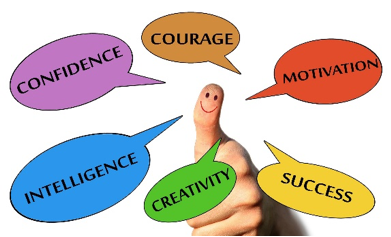In major metropolitan cities around the world, we see an ever-changing melting pot of cultures and languages. This brings opportunities and challenges in how we communicate and conduct our daily business that I ultimately see as a positive.
The migration of people has been mainly a search for resources and a better way of life which brought challenges in communication among other issues. People find ways to cope and excel in the human way of survival. Whether through using your hands, drawing pictures, translation books and now advanced electronic translation tools that help in this process.
There are around 7,139 languages spoken around the world with close to 50% that are endangered of becoming extinct. My hope is that as languages decrease the various unique cultures can survive and be past down to the next generations.
English is the most spoken language in the world and as a side note and a fun fact; the air traffic around the world uses one language to communicate with the control tower and with other aircraft and that language is English. Can you imagine the safety concerns if this wasn’t standardized? Think about our everyday life as well, food for thought.
In many cases when someone is conversing in a language that is not their native tongue, they tend to translate what they heard into their native language, process the information and then respond in kind. This is where the challenge comes in to society of getting the communication wrong or right. As I have said before, communicating is when someone sends a message and that message was received as intended by the sender.
Translating your website for these four countries is estimated to give you access to 50% of worldwide sales potential: United States, China, Japan, and Germany.
Businesses that invested in translation were 1.5 times more likely to observe an increase in revenue. Even when a consumer speaks fluent English but English is not their native tongue, they would prefer to purchase from companies who cater to their native language.
The global language services market was valued at approximately USD 56.18 billion in 2021 and climbing.
Governments print documents in multiple languages to help service their constituents. The US alone spends around $4.5 billion annually in this process. Businesses also print instructions in multiple languages as well not just to service their diverse customer base but to also help add to their bottom line.
This website provides an in-depth wealth of knowledge for which I pulled some of the data for this news article: https://redokun.com/blog/translation-statistics.
With the world starting to open up and business travel is increasing, its important to use all of the tools at your disposal doing your best to communicate in that local language. In most cases the locals will be grateful for your efforts and try to meet you half way in communicating. Some tools for translation that are available but not limited are:
- WayGo.
- iTranslate voice.
- SayHi.
- Naver Papago translate.
- Microsoft Translator.
- Triplingo.
- Google Translate (verbale and by way of the camera).
- Pilot translation kit.
A word of caution is that not all translation is accurate and dialects can differ from street to street in some countries. One of my favorite apps is Google Translate using the camera that when placed over a foreign written language translates the writings into any language you choose. Several years a go on a trip to Japan I found this tool extremely helpful. For legal and international dealing professional translators must be used and preferably be certified.
While I prefer the world to use one language for economic and communication reasons the data is clear that even though the language pool is shrinking the various cultures still love their native languages as part of their culture and should be celebrated.















